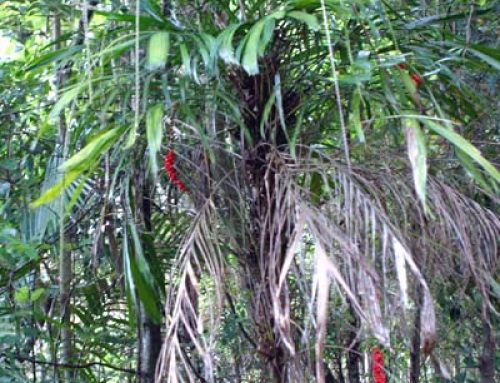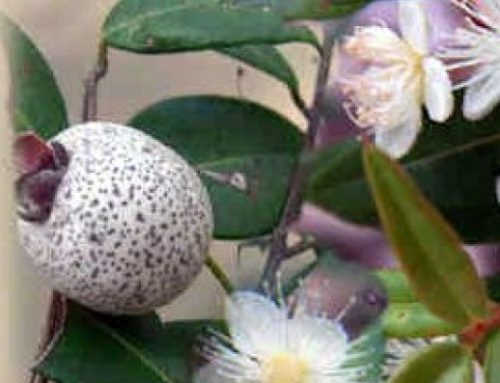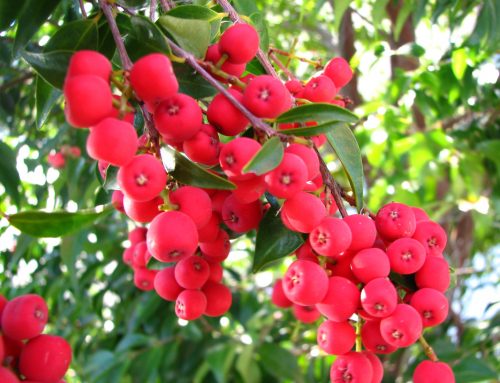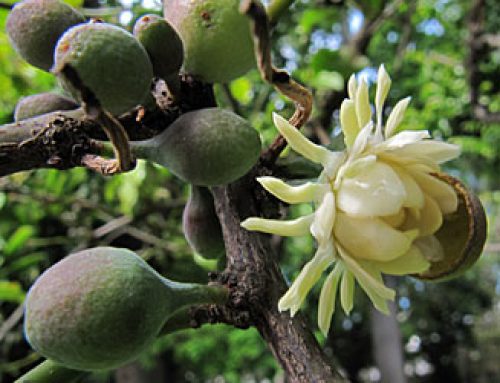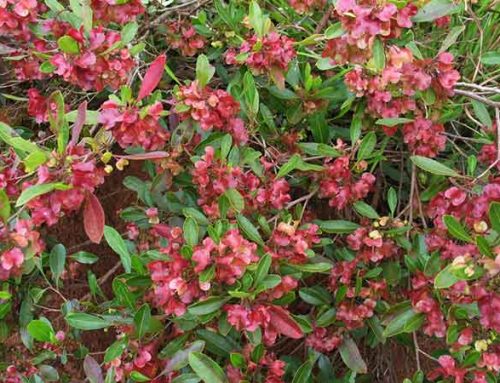Botanical Name: Pipturus argenteus
Description
A straggly shrub or small tree to 6m in subtropical, dry and riverine rainforest north from Lismore to North Queensland, mostly in coastal areas.
A good fast growing screening plant where it has access to water. Often used as a pioneer. Very soft stems, easy to break. Suffers in very dry periods, but will recover when cut back hard. Does not cope well with frost, which explains its coastal range in warmer regions. Bark (which yields a brown dye) used by aborigines to make fibre for fishing nets.
Leaves are elliptical with finely toothed margins, mid to deep green above and silvery underneath due to a dense covering of white hairs. Flowers are white in small clusters, male and female flowers on separate plants (January-June). The small, soft mulberry like fruit up to 6mm in diameter is eaten as bush tucker. It is sweet, but variable in taste, and you have to work hard to get a good meal. It contains many small seeds, ripe from May-July. Grow from fresh seed or cuttings (which strike easily).
Host plant for many butterflies and other insects (BOIC 2002) including: White or Jezebel Nymph (Mynes geoffroyi guerini); Yellow Admiral (Vanessa itea); Speckled Line-blue (Catopyrops florinda halys); Blue Banded Eggfly (Hypolimnas alimena); Varied Eggfly (Hypolimnas bolina); and Indigo Flash (Rapala varuna). The flowers are used by adult butterflies for nectar.
The Urticaceae family of flowering plants include stinging nettles and the stinging trees (Dendrocnide spp.) Native Mulberry is a non-stinging member of the family, and a good plant for butterfly-friendly gardens.
The male and female plants being separate is botanically referred to as dioecious. This is the female plant which bears the fruit. Another dioecious plant is Green Kamala.

